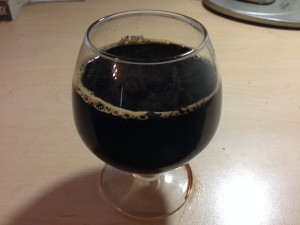Here is the second half of my list of the top 10 steps towards brewing better beer. My hope is that new brewers can benefit from this by knowing where their efforts are best expended. Although I’ve ranked the items, and produced an argument for that ranking, none of these can be ignored. They are the top 10, after all. Even if the list extended to the top 100, everything on the list would have some degree of importance.
I’ve ranked the items on the list based on the degree that failing at a given step would have negative consequences that would overshadow any other things you did right. This ranking is an opinion, but I hope an informed opinion.





Recent Comments